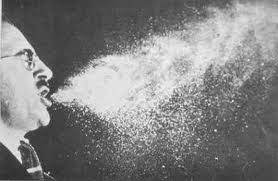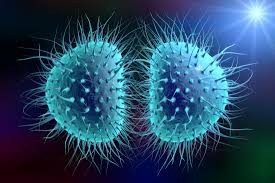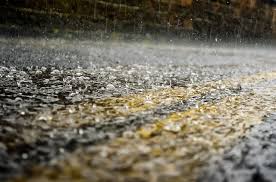Control of Airborne Microorganisms
Thorough dilution of contaminated air by ventilation is a very effective means of controlling airborne diseases indoors. However, it is expensive since special ducts or blowers need to be installed.
Disinfection or more rarely sterilization of air is desirable. Three general methods used for control of micro-organisms of indoor air are radiation, bactericidal vapors and dust control. Irradiation with ultraviolet light of the 254 nm wavelength is sufficiently microbicidal at the same time not irritating.
UV lamps are attached at strategic points overhead. Deflectors are provided to prevent direct exposure of persons to UV rays which may be permanently injured. Many substances are lethal to micro-organisms in the vapor phase.

These are formaldehyde, ethylene oxide, β propiolactone which are used as bactericidal vapor. Probably the most effective are propylene glycol and triethylene glycol. These are odorless, tasteless, nonirritating, nontoxic, noncorrosive and nonexplosive.
They are highly effective in killing bacteria in the air although ineffective in the form of concentrated aqueous solutions. As little as 0.5 mg/L of propylene glycol vapor for 15 seconds can sterilize heavily contaminated air.
Read Also: Fate and Transport of Micro-organisms in Air
Other agents like orthophenylphenol etc. are used for surface applications. Dust control is also good means of keeping micro- organisms out of the air especially indoors or intramural air, as droplet nuclei remain afloat for long time in the air.
In hospital wards dust from clothing or bedding can be a means of disease transmission. Floors and sweepings are oiled to control dust. Microbiological laboratories carrying out research with pathogens and recombinant microbes, generate aerosols via centrifuges, vortex etc.
Special equipment’s e.g. the biosafety cabinets and other containment devices are designed to control spread of airborne microbes.
Read Also: How to Use Rice Husk to Produce Electricity



